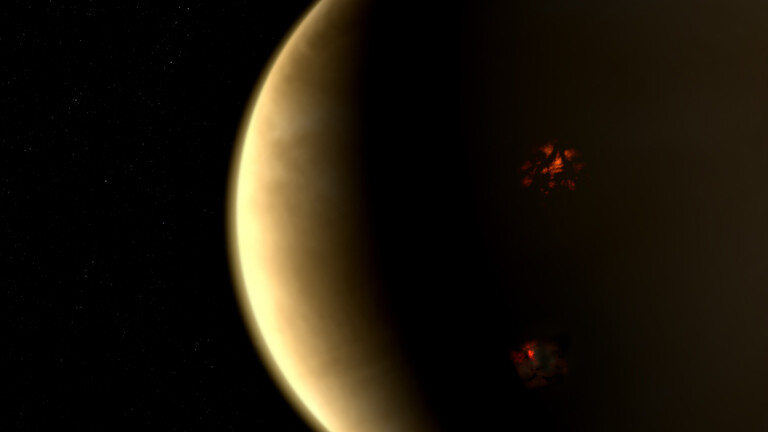
Joe 24:
The planet Venus has seen flashes of light. Scientists have been debating their nature for a long time, and many of them believe that they are the most frequent lightning on Venus.
To find out the truth about this “lightning”, a team from the University of Colorado Boulder, West Virginia University, University of California at Los Angeles and University of California at Berkeley reanalyzed the signals emerging from the research. The second closest planet to the Sun.
In 1978, when NASA’s predecessor Venus 1 spacecraft entered orbit around Venus, it detected what are known as whistle waves. These electromagnetic waves are typically generated by lightning on Earth, and scientists believe they are signs of electrical activity on Venus as well.
A new study suggests that version of Venus may not be what it originally appeared to be. “There’s been a debate about lightning on Venus for about 40 years,” explains Harriet George of the University of Colorado Boulder, a magnetosphere physicist and lead author of the study, “and we hope that with the new data we can help. Reconcile that debate.”
Whistle waves are defined as very low frequency (VLF) electromagnetic waves, and are given this name because of the way they “whistle” when heard by radio operators.
They are created by the collision of electrons in the atmosphere, which are usually moved by lightning strikes.
This latest study used data collected by another NASA spacecraft, the Parker Solar Probe, during its approach to the Sun in 2021.
Again, whistling waves are detected, but something is wrong: the waves are going in the wrong direction.
Instead of exploding into space like a thunderstorm, these waves traveled toward the planet’s surface. This indicates that lightning is not the main cause of these electrical signals.
“It goes back further than anyone imagined for the last 40 years,” said David Malaspina, a space plasma physicist at the University of Colorado Boulder.
This doesn’t mean Venus doesn’t have lightning, but it’s unlikely that there is much of it, and most of the whistling waves picked up by the rogue spacecraft are caused by other phenomena.
These other processes were not addressed in depth in this study, but scientists suspect that magnetic reconnection may play a role as the magnetic field lines around Venus twist, break, and come back together.
Studies have debated whether pink lightning exists or not, and the debate is far from over. More detailed data is needed to confirm this, and the Parker Solar Probe still has a mission to do, giving scientists another chance to get a closer look at Venus’ weather.
The study is published in the journal Geophysical Research Letters.
Source: ScienceAlert

“Professional coffee fan. Total beer nerd. Hardcore reader. Alcohol fanatic. Evil twitter buff. Friendly tv scholar.”

